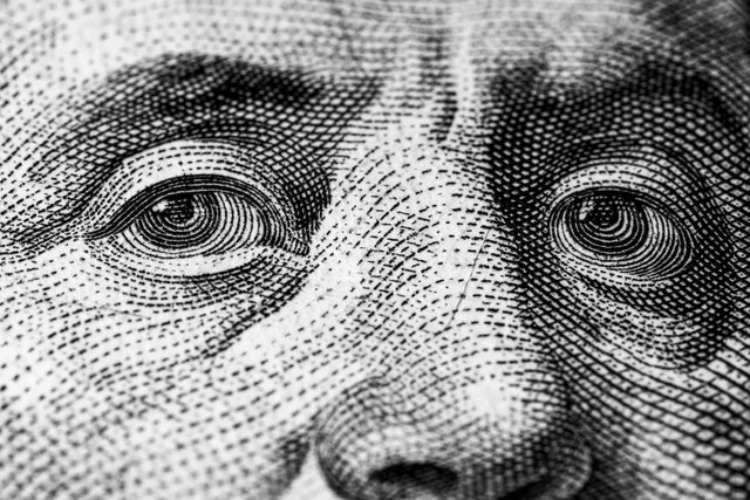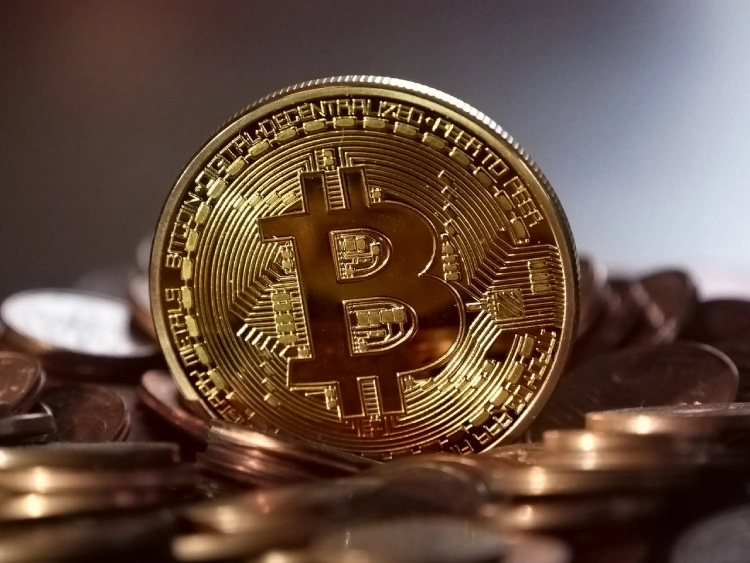You know this as the U.S. dollar. It is the official currency of the United States and its territory, but it is also the official currency of some other countries. In fact, the U.S. dollar is identified as the world’s reserve currency.
More than $1.8 trillion of US currency is already in circulation worldwide, with two-thirds of $100 notes and almost half of $50 bills believed to be held outside the US. In reality, the US dollar is the de facto global currency, which means that it is held in reserves by many countries and that most individuals and businesses trust it for international trade. Nearly 90% of all global foreign exchange trading involves US dollars, and more than half of the world’s reserve currency holdings are in US dollars.
How the US dollar became a major reserve currency of the world
For a long time, the developed economies’ currencies were linked to gold. During World War I, however, several of these countries abandoned the gold standard and began paying their war costs with paper money instead. The US dollar, which was still pegged to gold, eventually surpassed the British pound to become the world’s top reserve currency.
During WWII, the United States provided weapons and supplies to several of its allies and was paid in gold. By 1947, the United States had amassed 70% of the world’s gold reserves, putting other countries at a massive disadvantage.
Therefore, 44 Allied countries convened in Bretton Woods, New Hampshire, in 1944 to try to resolve these and other financial issues. They resolved that the world’s currencies would be anchored to the US dollar, which would thereafter be linked to gold, thereby cementing the dollar as the primary global currency from that point forward. As central banks began to accumulate reserves, these dollars were redeemed for gold, reducing the US stockpile and raising concern about the US dollar’s stability.
President Richard Nixon of the United States startled the world in 1971 when he detached the dollar from gold. From them, free-floating exchange rates emerged, implying that currency rates were no longer bound to gold and were instead set by market forces.
The network effects
Even after the official system failed in the 1970s, the dollar still retained its influence. It is so extensively utilized now that even if the US economy falls, the value of the dollar is unlikely to decline much. There are what are known as “network effects,” which describe the value of the dollar as a crucial worldwide benchmark for the price of products, commodities, and credit. The greater the number of individuals who utilize it, the more useful it becomes.
Today, more than 60% of all foreign central bank reserves and nearly 50% of the world’s debt are in US dollars. For companies and investors, holding assets in dollars, such as treasury bonds, is seen as safe because the US is the world’s biggest economy and the US central bank is seen as a trustworthy institution.
With great power comes great responsibility
Because of the dollar’s supremacy, the United States has significant political influence, such as through sanctions. Because everyone uses dollars, the US may put pressure on corporations or banks to avoid doing business with anyone who is a sanctioned entity, such as a company from Iran or Russia. If you misuse the advantage of owning the dominant global currency, the world will ultimately have to discover alternatives and there is some evidence that the world is trying to look for alternatives.

 The Benefits of Having a Business Coach
The Benefits of Having a Business Coach